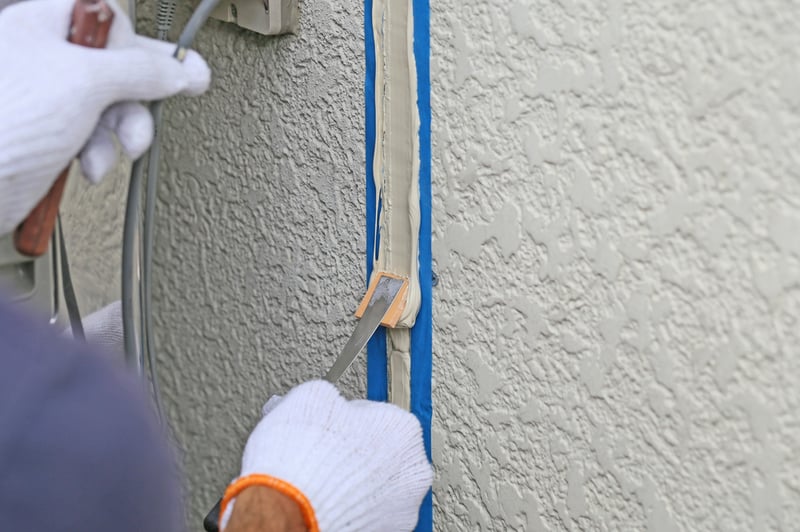Types of Sealants Used in Construction

Sealants are materials that prevent fluids and other substances from passing through surfaces and mechanical joints. Sealants also block air leakage, insects, dust, sound, and heat. There is a wide variety of sealants available in the market and their characteristics differ: they can be weak or strong, flexible or rigid, and temporary or permanent.
Sealants are typically used to close openings between surfaces, where other materials like concrete and mortar can’t be used. They serve three basic functions:
- Filling the gap between two or more components
- Providing a protective impermeable barrier, through which substances cannot pass
- Maintaining their sealing properties through their expected lifetime, under the service conditions and environments for which they are specified
To achieve these functions, it is necessary to match the most suitable sealant with the materials that will be joined.
Make sure your building project is specified with the best construction materials.
Sealant Properties
When selecting a sealant, these are the most important properties to consider:
- Consistency: Sealants with high viscosity will not flow much from where they are applied, even on vertical joints. On the contrary, low viscosity sealants can even penetrate into a substrate, they are used in horizontal joints, and can be self-leveling.
- Hardness: This describes the ability of a sealant to resist deformation. Note that hardness is inversely proportional to flexibility, and as hardness increases the flexibility decreases.
- Weather Resistance: High performance sealants can withstand extreme temperature, sun and moisture, while remaining flexible and performing as expected.
- Durability: Sealants have an expected life cycle under ideal conditions. However, note that these conditions are not achieved in some applications, especially when sealants are misapplied or incompatible with the substrate.
- Movement: Movement tolerance is shown as a percentage of the joint width. This is determined by the ASTM C920 Standard Specification for Elastomeric Joint Sealants.

- Modulus of elasticity: Usually, low-modulus sealants have high movement capability and vice versa. Low-modulus sealants are used for delicate substrates, while high-modulus sealants are used in cases consisting of static or non-moving joints. There is a wide sealant variety in terms of modulus of elasticity, so applications may vary.
- Adhesion: The ASTM C794 Standard Test Method for Adhesion-in-Peel of Elastomeric Joint Sealants tests the adhesion of elastomeric sealants, which is a crucial factor when selecting them. Manufacturers provide adhesion data for sealants with various substrates.
- Staining: Sealant components may stain certain substrates, especially those that are porous, such as natural stone. Testing sealants before application is recommended, even when manufacturers claim their product is non-staining.
- VOC content: Volatile organic compounds are respiratory irritants that may be present in sealants. Manufacturers have developed sealants with low levels of VOC, but this does not apply for all sealants, and the best recommendation is always checking the VOC content.
- Cost: Sealant prices vary greatly, depending on their performance levels and applications. It is important to note that replacing failed sealants is usually more expensive than choosing the correct sealant from the beginning. Match sealants to the performance requirements to avoid future expenses.
Sealant Types
There are seven types of sealants that are the most common in construction. They differ in cost and applications, based primarily on the performance properties mentioned above and the substrate properties.
|
Sealant |
Properties |
|
Latex |
|
|
Acrylic |
|
|
Butyl |
|
|
Polysulfide |
|
|
Silicone |
|
|
Polyurethane |
|
|
Polyisobutylene |
|
Any sealant performs properly when used correctly, but choosing the best option can pose a technical challenge. No sealant type is superior or inferior to the rest: it all comes to evaluating performance properties and choosing the best sealant for each application. Cost reduction is important, but it should not be at the expense of performance.

Keith Fink
Keith is the Franchise Brand Manager at NY Engineers, Keith is all things related to our project portfolio, brands and all things you need to know before we start your project.
Join 15,000+ Fellow Architects and Contractors
Get expert engineering tips straight to your inbox. Subscribe to the NY Engineers Blog below.
